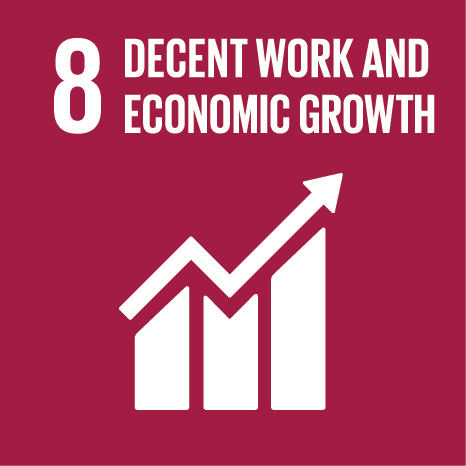Ciência_Iscte
Publications
Publication Detailed Description
Journal Title
Journal of Computer Applications in Archaeology
Year (definitive publication)
2024
Language
English
Country
United Kingdom
More Information
Web of Science®
Scopus
Google Scholar
This publication is not indexed in Overton
Abstract
This paper presents a method to store information about megalithic monument-building components as graph nodes in a knowledge graph (KG). As a case study, we analyse the dolmens from the region of Pavia (Portugal). To build the KG, information has been extracted from unstructured data to populate a schema model based on the International Committee for Documentation – Conceptual Reference Model (CIDOC-CRM). In order to prepare the archaeological monument’s information for bulk loading, it was transformed into semi-structured data. While the semi-structured file was used to populate the classes with their respective properties and instances, the KG labels and types were defined using some of the entities and relations defined by the CIDOC-CRM. The knowledge-driven model was built to represent dolmens in a formal and structured manner using Neo4j, a property-graph database. Modelling a labelled property graph based on predefined labels as a KG enables to transform textual semantic data into instances and properties. Thus, we show that it is possible to represent at a granular level all the information about the structural components of monuments since heterogeneities, granularities, and large amounts of data can be handled by a KG. Therefore, a KG implemented using a native graph database can improve data storage and processing, making it interoperable between humans, humans and machines and machine to machine.
Acknowledgements
This work was partially supported by FCT – Fundação para a Ciência e Tecnologia, I.P., within the scope of ISTAR-Iscte project UIDB/04466/2020 and UIDP/04466/2020, and through the scholarship UI/BD/151495/2021.
Keywords
Knowledge graph,Dolmens,CIDOC-CRM,Labelled property graph,Neo4j
Fields of Science and Technology Classification
- Computer and Information Sciences - Natural Sciences
- Electrical Engineering, Electronic Engineering, Information Engineering - Engineering and Technology
- History and Archeology - Humanities
Funding Records
| Funding Reference | Funding Entity |
|---|---|
| UIDB/04466/2020 | Fundação para a Ciência e a Tecnologia |
| UI/BD/151495/2021 | Fundação para a Ciência e a Tecnologia |
| UIDP/04466/2020 | Fundação para a Ciência e a Tecnologia |
Related Projects
This publication is an output of the following project(s):
Contributions to the Sustainable Development Goals of the United Nations
With the objective to increase the research activity directed towards the achievement of the United Nations 2030 Sustainable Development Goals, the possibility of associating scientific publications with the Sustainable Development Goals is now available in Ciência_Iscte. These are the Sustainable Development Goals identified by the author(s) for this publication. For more detailed information on the Sustainable Development Goals, click here.

 Português
Português



